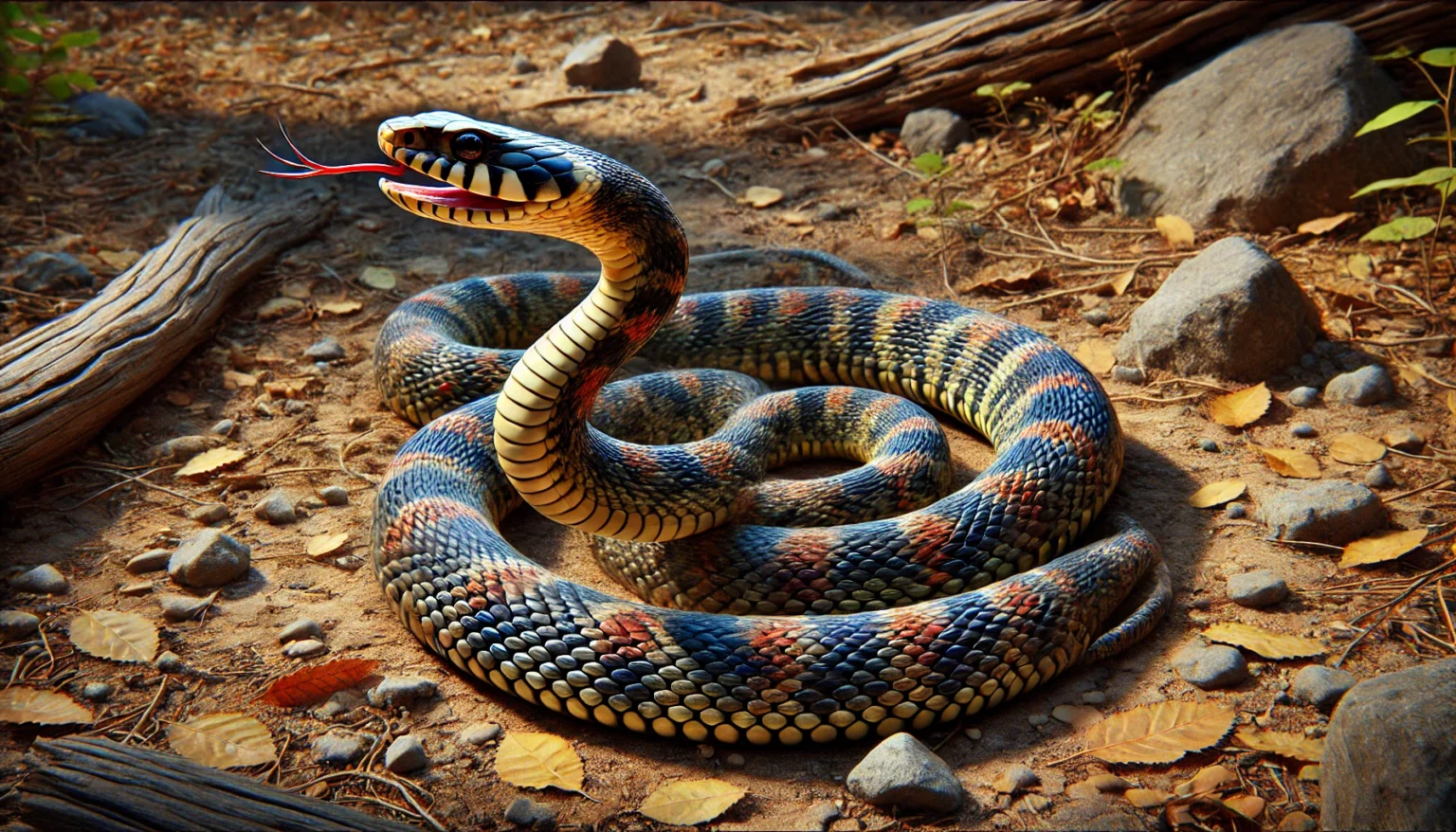When you start with Drawing:bxv6evbk8ta= snake, it might feel a bit challenging, but with the right techniques, even beginners can create impressive artwork. Snakes have a captivating form, and learning to draw them is a great way to enhance your artistic skills. In this guide, we’ll cover everything you need to know to master the art of drawing a snake.
Essential Materials for Drawing:bxv6evbk8ta= snake
Before diving into the process, ensure you have the right materials. Using appropriate supplies will make your drawing experience smoother. You’ll need sketch paper, pencils of different shades, erasers, and colored pencils or markers for the finishing touches. Additionally, having a reference image of a snake is beneficial.
Step 1: Sketching the Snake’s Outline
To start your Drawing:bxv6evbk8ta= snake, sketch a long, curving line resembling the shape of an “S.” This will serve as the foundation of your snake’s body. Snakes are known for their fluid, wavy motion, so make sure your lines are smooth and natural.
Next, thicken the line by creating an outer layer, tapering it towards the tail and making it wider in the middle. The shape should flow seamlessly, giving the snake a lifelike appearance. This step is crucial in laying down a solid base for your snake drawing.
Step 2: Defining the Head and Tail
The next phase in Drawing:bxv6evbk8ta= snake is detailing the head. Snakes generally have heads that are slightly wider than their bodies. Draw a small, rounded or slightly triangular shape at one end of the body. Make sure the head is proportional to the rest of the snake.
The tail should be slender and taper to a point. Double-check your outlines, erasing any overlapping or unnecessary lines. This will give your drawing a refined look and prepare you for adding more details.
Adding Features to Your Drawing:bxv6evbk8ta= snake
At this stage, your snake drawing starts to come to life. Here’s how to add realistic details that make your snake unique.
Step 3: Drawing the Scales
Scales are an essential aspect of Drawing:bxv6evbk8ta= snake. They give texture and character to your artwork. Start by sketching small, evenly spaced shapes along the snake’s body. These can be oval, circular, or diamond-shaped, depending on the snake species you are trying to replicate.
Remember, the scales should follow the contours of the body, getting smaller near the tail and head. This approach adds a realistic dimension to your drawing and enhances the overall look. Take your time and don’t rush, as this part requires patience.
Step 4: Creating the Snake’s Face
A snake’s face is quite simple but important for capturing its essence. Draw two almond-shaped eyes on the head and add a line for the mouth. The eyes should be placed symmetrically to ensure balance. If you want to add more drama, draw a flickering tongue coming out of the mouth. This feature gives the snake a dynamic and lifelike appearance.
Check your drawing for any rough edges and smooth them out. Your Drawing:bxv6evbk8ta= snake is almost complete and ready for coloring!
Coloring and Shading Techniques for Drawing:bxv6evbk8ta= snake
Coloring is what brings your snake drawing to life. Here’s how to do it effectively.
Step 5: Picking the Right Colors
When it comes to Drawing:bxv6evbk8ta= snake, choosing the right colors is crucial. Depending on the species you are depicting, select shades that make your snake look realistic. Start with a base color and layer additional shades to create depth. For example, a green snake may have dark green shading on its back and lighter tones on its belly.
Use smooth strokes when applying color, and blend them well to create a natural gradient. If you are using markers, remember that some blending techniques work better than others. Experiment with your materials to find what works best.
Step 6: Adding Shadows and Highlights
Shading your Drawing:bxv6evbk8ta= snake adds dimension and makes it pop. Use darker shades along the curves and bends to mimic shadows, and add lighter tones to highlight raised areas. This technique gives your drawing a three-dimensional look and makes the snake appear as if it’s slithering off the page.
Be sure to blend your shading well. Harsh lines can make the drawing look less realistic. Once you’re satisfied with your work, take a moment to review it. If you feel it needs more details, now is the time to add them.
Common Challenges in Drawing:bxv6evbk8ta= snake
While working on Drawing:bxv6evbk8ta= snake, beginners often face some challenges. One common issue is making the body too stiff. Snakes are known for their fluid and elegant movement, so ensure your lines are smooth and not rigid. Another mistake is making the head too large or too small, which can throw off the proportions.
Tips to Avoid Mistakes
Practice makes perfect. If your first attempt at Drawing:bxv6evbk8ta= snake doesn’t turn out as expected, don’t be discouraged. Keep trying and experimenting with different techniques. Over time, your skills will improve, and you’ll be able to create stunning snake drawings effortlessly.
Final Thoughts on Drawing:bxv6evbk8ta= snake
Mastering Drawing:bxv6evbk8ta= snake can be a fun and rewarding experience. By following these steps, you can create a snake drawing that looks lifelike and professional. Remember, the key is patience and practice. With time, your drawing skills will improve, and you’ll be able to tackle even more complex subjects.
So, grab your pencils and start working on your Drawing:bxv6evbk8ta= snake today! You’ll be amazed at how far you can go with a bit of practice and determination.
Read More: Benefits and Importance of a Water Bottle:rnnjvycyetk= Water in Your Daily Life

